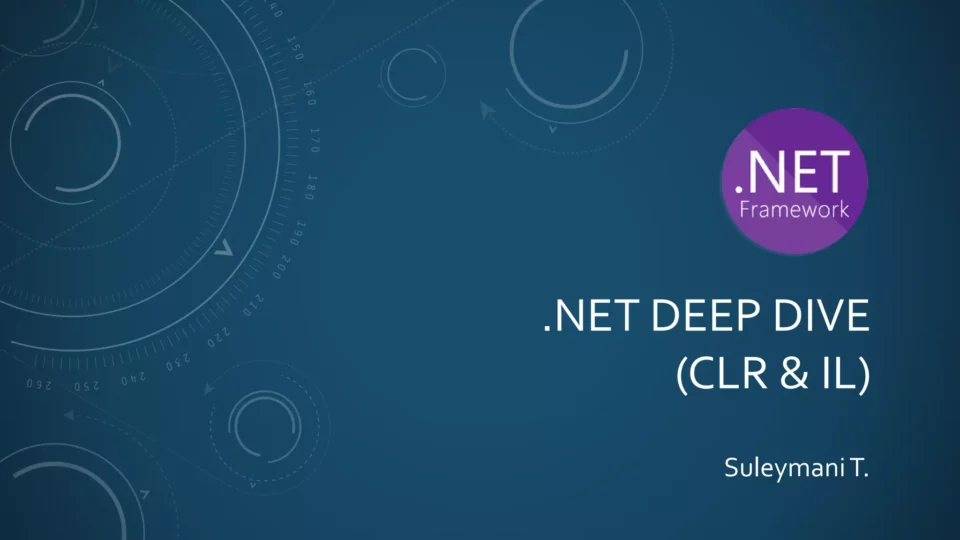Introduction:
In the realm of software development, reverse engineering serves as a powerful tool for unraveling the intricacies of existing programs. Whether it’s understanding legacy systems, dissecting malware, or gaining insights into competitor products, reverse engineering offers a window into the underlying mechanics of software. In this article, we delve into the techniques and tools employed in reverse engineering, shedding light on this fascinating field.
Understanding Reverse Engineering:
Reverse engineering is the process of deconstructing a piece of software to comprehend its inner workings, without access to its original source code. This involves analyzing the compiled binaries or executables to discern algorithms, data structures, and functionalities. While reverse engineering can be used for legitimate purposes such as software debugging and interoperability, it is also employed in reverse engineering malware, cracking software protection mechanisms, and understanding proprietary protocols.
Techniques of Reverse Engineering:
- Static Analysis: This technique involves examining the software without executing it. Analysts inspect the binary code, disassembled or decompiled from its original form, to understand its logic and structure. Static analysis tools like IDA Pro, Ghidra, and radare2 assist in this process by providing disassembly views, control flow graphs, and cross-references.
- Dynamic Analysis: Unlike static analysis, dynamic analysis involves running the software in a controlled environment to observe its behavior. Analysts use debuggers like OllyDbg, WinDbg, or GDB to set breakpoints, inspect memory, and trace program execution. This method is particularly useful for understanding runtime behaviors, identifying API calls, and detecting anti-debugging techniques.
- Code Reversing: Code reversing involves reconstructing higher-level abstractions from low-level assembly code or machine instructions. Analysts translate assembly instructions into higher-level languages like C or Python to enhance readability and comprehension. This enables them to understand algorithmic logic, identify vulnerabilities, and develop patches or exploits.
- Memory Analysis: Memory analysis entails examining the runtime memory of a program to uncover runtime data structures, function calls, and vulnerabilities. Tools like Volatility for memory forensics and Frida for dynamic instrumentation aid in analyzing process memory, hooking functions, and intercepting API calls.
Tools for Reverse Engineering:
- IDA Pro: Renowned as one of the most powerful disassemblers, IDA Pro offers advanced features for static analysis, including graph views, scriptable plugins, and support for various architectures.
- Ghidra: Developed by the NSA and released as open-source software, Ghidra provides a comprehensive suite of reverse engineering tools, including disassembly, decompilation, and scriptable analysis.
- radare2: A highly customizable framework for reverse engineering, radare2 offers command-line and visual interfaces for disassembly, debugging, and binary analysis across multiple platforms.
- OllyDbg and WinDbg: Widely used debuggers for Windows environments, OllyDbg and WinDbg enable dynamic analysis by setting breakpoints, inspecting registers, and analyzing memory contents during program execution.
- Frida: A dynamic instrumentation toolkit, Frida facilitates runtime manipulation and analysis of software on various platforms, allowing for function hooking, code injection, and API interception.
Conclusion:
Reverse engineering stands as a crucial discipline in the field of cybersecurity, software development, and digital forensics. By employing a diverse array of techniques and tools, analysts can unravel the mysteries concealed within software binaries, gaining invaluable insights into their functionality, vulnerabilities, and behavior. Whether it’s for enhancing cybersecurity defenses, understanding proprietary protocols, or simply satisfying curiosity, the art of reverse engineering continues to captivate and empower software enthusiasts worldwide.









